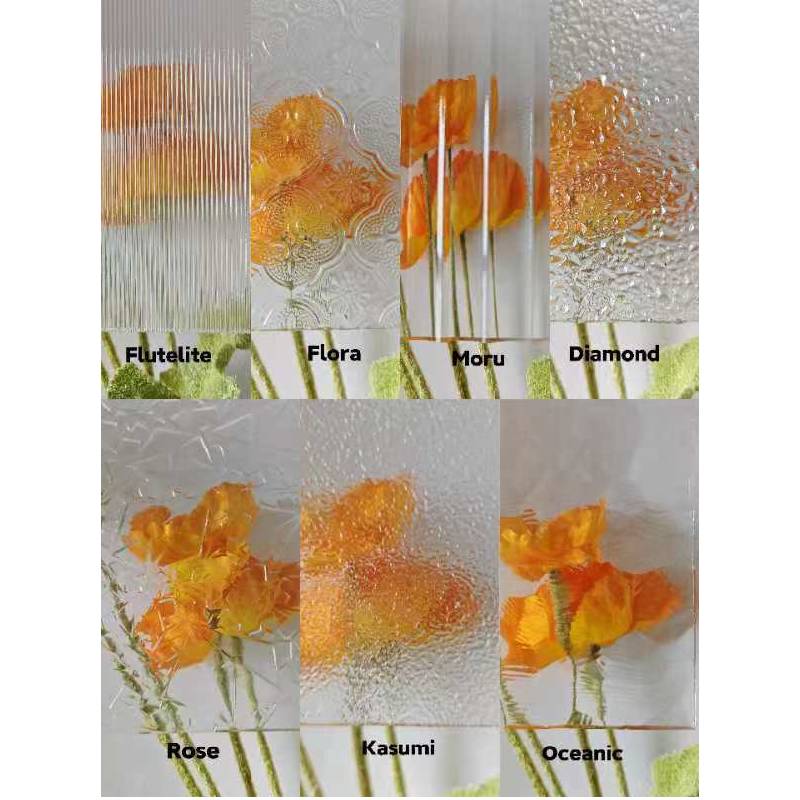

Reflective Privacy Glass The Intersection of Innovation and Privacy
In an age where privacy concerns are at the forefront of societal discussions, reflective privacy glass emerges as a remarkable innovation that caters to both aesthetic and functional needs in architectural design. This revolutionary material not only enhances the visual appeal of buildings but also ensures a significant degree of privacy for their occupants, addressing a growing demand for personal space in increasingly urbanized environments.
Reflective privacy glass, often referred to as one-way mirror glass or tinted glass, typically features a special coating that reflects light on one side. This unique characteristic creates a disparity in visibility, allowing those inside to see outside clearly while preventing outsiders from peering in. The application of this glass is multifaceted, spanning residential homes, commercial buildings, and automotive windows, providing versatile solutions to modern privacy challenges.
One of the primary advantages of reflective privacy glass is its ability to merge privacy with natural light. In many urban settings, where buildings are closely packed, residents and employees often seek to maintain a sense of seclusion without sacrificing daylight. Reflective privacy glass allows for an abundance of sunlight to filter through, creating bright, airy spaces that are both welcoming and secure. This balance is crucial, as studies have shown that natural light significantly enhances mood and productivity, making it a treasured commodity in urban architecture.

Moreover, the aesthetic appeal of reflective privacy glass cannot be overstated. Architects and designers appreciate its sleek, modern appearance that complements contemporary building styles. The reflective surface can create stunning visual effects, making buildings shimmer and change depending on the angle of sunlight and the viewer’s perspective. This versatility can transform ordinary structures into iconic landmarks, drawing attention and enhancing property values.
Despite its many benefits, the installation of reflective privacy glass does come with considerations. For instance, one of the main challenges is the effectiveness of privacy depending on lighting conditions. During the day, the reflective surface works effectively to maintain privacy; however, at night, when indoor lighting is stronger than outdoor light, the situation reverses. This necessitates strategic planning around lighting and window treatments to ensure that privacy is maintained during all hours.
Additionally, the energy efficiency of reflective privacy glass deserves mention. Many modern formulations are designed to reflect radiant heat while allowing visible light to penetrate. This quality can significantly reduce energy consumption by lowering the demand for artificial heating and cooling. Consequently, buildings equipped with reflective privacy glass may achieve greater energy efficiency, contributing to lower operational costs and a reduced carbon footprint, aligning well with sustainability goals.
In conclusion, reflective privacy glass represents a compelling solution at the crossroads of innovation, aesthetics, and privacy in the modern world. Its ability to provide unobstructed views while maintaining a shield against prying eyes caters to the needs of individuals and businesses looking for both beauty and functionality. As urban spaces continue to evolve, adopting such innovative materials will play a crucial role in creating environments that respect personal privacy while enhancing the quality of life through natural light and refined design. Embracing reflective privacy glass is not merely a trend; it is a step toward redefining how we think about our interactions with our surroundings and each other, fostering spaces that honor both openness and sanctuary.